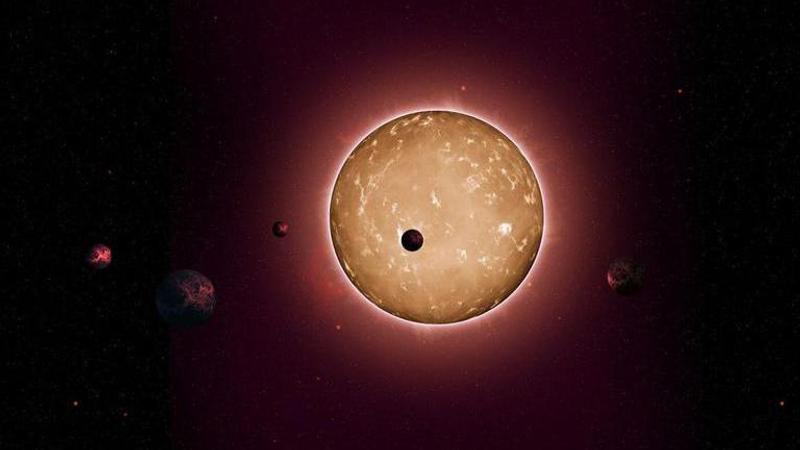Published 21:36 IST, November 25th 2021
UCLA finds 366 new potential exoplanets; outcounts NASA's discovery of 301 alien worlds
Outcounting NASA’s discovery of 301 exoplanets, astronomers from the University of Los Angeles, California have found a whopping 366 new exoplanets.

Outcounting NASA’s discovery of 301 exoplanets, astronomers from the University of Los Angeles, California (UCLA) have found a whopping 366 new potential alien worlds. According to a release by the University, the exoplanets were found using the data from the Kepler Space Telescope and an algorithm developed by a UCLA postdoctoral scholar. Interestingly, the highlight of the discovery is a planetary system comprising a star with two orbiting gas giant planets. Each of these planets is roughly the size of Saturn and are located unusually close to one another, as per the findings which have now been published in the Astronomical Journal.
The discovery of these hundreds of exoplanets is being considered a significant advancement as the number of outer worlds found to date is just over 4,500. Erik Petigura, co-author of the research and a UCLA astronomy professor said as per the release-
Discovering hundreds of new exoplanets is a significant accomplishment by itself, but what sets this work apart is how it will illuminate features of the exoplanet population as a whole.
Meanwhile, the real credit for the discovery of this new batch of exoplanets goes to lead author Jon Zink, who used data from the K2 mission of NASA's Kepler Space Telescope and coupled it with the planet detection algorithm he developed. Petigura further said, "The catalog and planet detection algorithm that Jon and the Scaling K2 team devised is a major breakthrough in understanding the population of planets" adding that this will sharpen the understanding of the processes through which a planet forms and evolves.
Since identifying new planets is a challenge as many factors mimic planetary signatures, Zink's algorithm helped overcome this challenge by distinguishing between noise and real planets. The astronomers reportedly analysed 500 terabytes of data comprised of 800 million images of stars and cataloged 361 new planets. However, Zink said that more stars need to be studied in order to understand what type of stars have exoplanets orbiting them and what factors determine planet formation. This discovery comes a day after NASA confirmed the discovery of 301 new exoplanets.
NASA's discovery of 301 new exoplanets
NASA on November 22 had confirmed the existence of 301 new exoplanets, although none were confirmed to be located in habitable zones around their stars. NASA had also used data from the Kepler Telescope's K2 mission along with machine learning methods to make the discoveries. Tap here to read more.
Image: UCLA
Updated 21:36 IST, November 25th 2021



